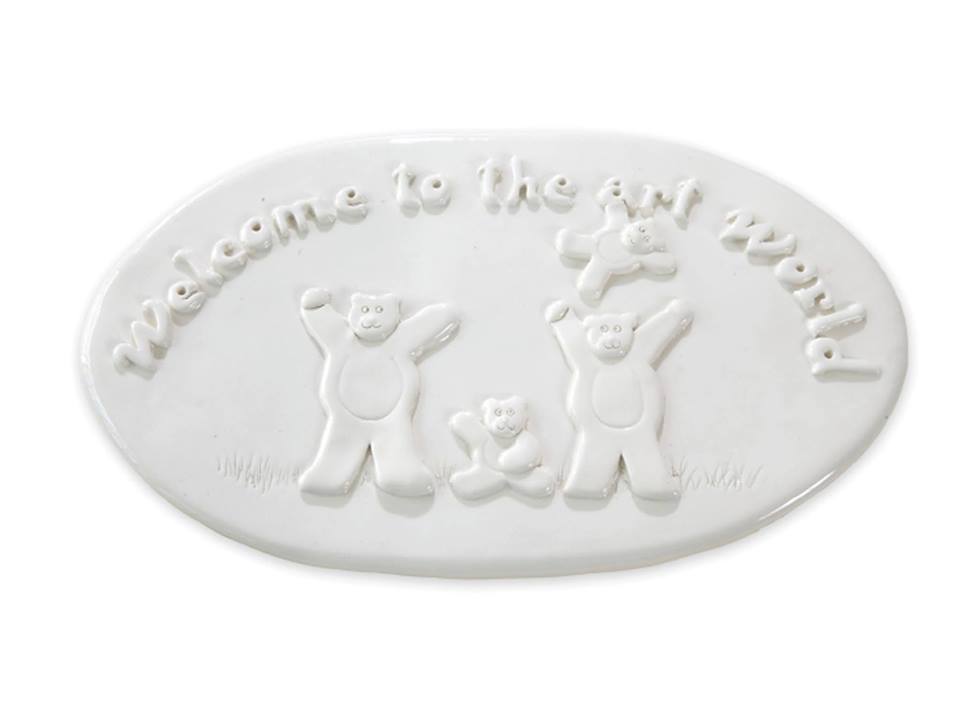Alfredo Aceto – Alfredino

Sviluppando la propria opera in un percorso creativo che si articola attraverso le molteplici e mai realmente risolte tappe della crescita, Alfredo Aceto, nonostante la giovane età, matura la propria indagine interrogandosi su se stesso e più in generale sull’ego che prevale, seppur a livello latente, in ciascuna persona.
Comunicato stampa
Developing his work in a creative path that passes through multiple and never truly resolved phases of growth, Alfredo Aceto, in spite of his youth, nurtures his own research by questioning his own self and, more in general, the ego that reigns in every person, if only on a latent level. The conceptual foundations of the work that thus takes form lie in the unconscious dimension of existence, at times conveyed by the artist in a narrative way, with reference to stories of life experiences, sometimes driven by an imaginary and almost dreamlike vision.
For Aceto, the notion of "identity" is a way of supplying a definite portrait of something that actually raises problematic issues when one tries to give it a precise form. In effect, it can seem like a way of being falsely thorough in an analysis that instead cannot help but remain partial and vaguely established. When the relationship to identity finds its way into a work of art, it becomes an ambiguous surface caught in a loop of representation of an ego that refuses to totally reveal itself. Often the question of identity remains lurking behind the corner, only to worm its way into artistic expression in various, different ways.
The self-portrait enters the oeuvre of Alfredo Aceto in forms that reveal themselves in utterly unexpected ways, manifesting themselves in a way that further emphasizes the limits of identity itself. The observer is faced with a congealed, immobile representation, but quickly finds a gate of entry to a universe that goes beyond the depicted artist. Almost as a pretext, the self-portrait is a tool of analysis, balanced between autobiography and abstraction.
If we observe an artistic production as a fragmented constellation of objects, we can see that some of them can easily be associated with the self-portrait, while others correspond to small witnessings of an inner world.
"Many of my representations contain an ego that establishes a relationship with the vestiges of mythological figures of all eras, which break up, leaving behind only their scent in the work. Idols of antiquity or of the present day, generated by the mind in the period prior to awareness of their identity. It is precisely thanks to this awareness or deeper understanding that the mystical quality of these entities crumbles, leaving in my iris an incomparable spectacle. I believe that my work is the result of a constant narration that relies on forms that different from one another and, in certain cases, the introduction of creatures that are cumbersome in every sense of the term."
In the exhibition the actual-size whale constitutes the effigy of a sculpture, it to referring to the ego, appearing in a stately pose with one of the two eyes that belong to the artist. Almost without expression, it prompts us to touch a sort of spirituality.
In Indian mythology the whale conserves the memory of all of human history, and it has known all the living things that have passed through our planet. It therefore corresponds to a battle against time, with the aim of perceiving the true essence of the identity that Alfredo Aceto, perhaps, rediscovers in his own works, at times summed up in an artistic testament, as in "Alfredo was a little boy, Sophie was a charming woman, Paola performed an act of magic."
Sviluppando la propria opera in un percorso creativo che si articola attraverso le molteplici e mai realmente risolte tappe della crescita, Alfredo Aceto, nonostante la giovane età, matura la propria indagine interrogandosi su se stesso e più in generale sull'ego che prevale, seppur a livello latente, in ciascuna persona. Prende dunque forma un lavoro che trova le proprie basi concettuali nella dimensione inconscia dell'esistenza, resa nelle opere dell'artista talvolta in chiave narrativa, con riferimento a storie di vita vissuta, talvolta seguendo un'ispirazione immaginaria e quasi onirica.
Per l'artista la nozione di “identità” è un metodo per fornire un ritratto definito di qualche cosa che in realtà trova difficoltà a delinearsi in una forma precisa. Effettivamente essa può apparire come un modo per essere fintamente esaustivi in un’analisi che rimarrà pur sempre parziale e mal costituita.
Quando il rapporto all'identità si introduce in un’opera d’arte, questa diventa un’ambigua superficie incastrata in un loop di rappresentazione di un ego che non si rivelerà nella sua totalità. Spesso la questione dell’identità rimane dietro l’angolo e si intrufola nell'espressione artistica in modalità varie e diversificate. L’autoritratto entra nel lavoro di Alfredo Aceto in forme che si rivelano in maniera totalmente inaspettate, manifestandosi con una modalità che evidenzia ancor più i limiti dell’identità stessa. L’osservatore si trova di fronte ad una rappresentazione congelata ed immobile ma presto si concede una porta d’entrata in un universo che prescinde dall’artista raffigurato. Quasi come un pretesto, l’autoritratto è strumento per un’analisi in bilico tra autobiografa e astrattismo.
Se si osserva una produzione artistica come una frammentata costellazione di oggetti, ci si può accorgere che alcuni di loro possono essere facilmente associati all’autoritratto mentre altri corrispondono a piccoli testimoni di un mondo intimo.
“Molte mie rappresentazioni portano dentro di sé un ego che si relaziona con i rimasugli di figure mitologiche di ogni epoca che si scompongono lasciando solo il loro profumo nel lavoro.
Si tratta di idoli provenienti dall’antichità o dal presente che vengono generati dalla mente nel periodo che precede la conoscenza della loro identità. Ed è proprio grazie a questa conoscenza o approfondimento che la misticità di queste entità si sgretola lasciando nella mia iride uno spettacolo senza paragoni. Credo che il mio lavoro sia il risultato di una narrazione costante che poggia su forme diverse tra loro e in certi casi vede introdursi creature ingombranti in tutti i sensi.”
In mostra, la balena in scala naturale, costituisce l’effigie di una scultura anch'essa riferita all'ego, presentandosi in posa ieratica con uno dei due occhi che appartengono all'artista. Quasi priva di espressione, porta a toccare una sorta di spiritualità. Nella mitologia indiana la balena detiene la memoria di tutta la storia umana e ha conosciuto tutti gli esseri viventi che sono transitati sul nostro pianeta corrispondendo così ad una lotta contro il tempo nello scopo di percepire la vera essenza dell’identità che forse Alfredo Aceto ritrova nelle proprie opere, a volte assunte a testamento artistico come in “Alfredo era un bambino, Sophie una donna affascinate, Paola fece una magia”.



